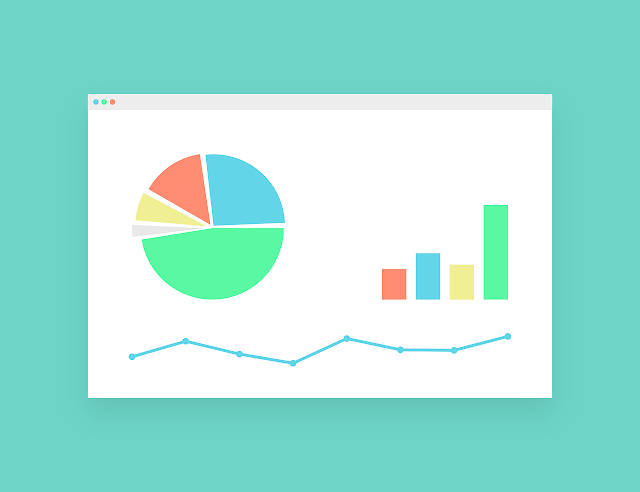Determinants of supply or Factors affecting Supply
The supply of a commodity depends upon many factors. Factors determining the supply of a commodity are known as the determinants of supply. The important determinants of supply are as follows: 1. Price of the commodity: The price of the commodity is the most important determinant of supply. There is a direct relationship between the price of the commodity and its quantity supplied, other things remaining the same. It means that at the higher price, producers or sellers offer more quantity of a commodity for sale, and at a lower price, producers or sellers offer less quantity of the commodity for sale.
2. Price of the other goods: The supply of a particular commodity is inversely related to the price of other commodities. For example, a rise in the price of rice will fall the supply of wheat. This is due to the fact that a rise in the price of rice will encourage producers to produce more rice.
3. Price of the factors of production: The supply of a commodity is also affected by the price of factors of production. With the rise in the price of factors of production, the cost of production also rises, which results in a decrease in supply and vice versa.
4. Goal of the firm: If the goal of the firm is to maximize profit, less quantity of the commodity will be offered for sale at a high price. On the other hand, if the goal of the firm is to maximize sales or revenue or maximize output or employment, more will be supplied even at the lower price.
5. Improvement in technology: Improvement in technology has a positive effect on the supply of the commodity. It reduces the per-unit cost of production. Consequently, the profit of the business firm will increase. In order to earn more profit, firms increase the supply of the commodity.
6. Government policy: Taxation and subsidy policies of the government also affect the market supply of the commodity. An increase in taxation tends to reduce the supply, while subsidies tend to induce a greater supply of the commodity.
7. Expected future price: If the producers expect a rise in the price of the commodity in the near future, the current supply of the commodity decreases. On the other hand, if they expect a fall in the price, the current supply increases.
8. The number of firms: The market supply of a commodity also depends upon the number of firms in the market. An increase in the number of firms implies an increase in the market supply of the commodity. On the other hand, a decrease in the number of firms implies a decrease in the market supply of the commodity.
9. Development of infrastructure: The supply of the commodity depends on available facilities of infrastructure such as transport and communication, electricity, etc. A producer can supply more quantity of the product with the proper development of such infrastructures and vice-versa.
10. Natural factors: Favorable natural factors such as adequate rainfall help to boost up agricultural production, which leads to an increase in supply. On the other hand, unfavorable natural factors like drought, heavy rainfall, storm, flood, etc hinder the production of agricultural production, which leads to a decrease in supply.


.jpeg)
0 Comments
If this article has helped you, please leave a comment.